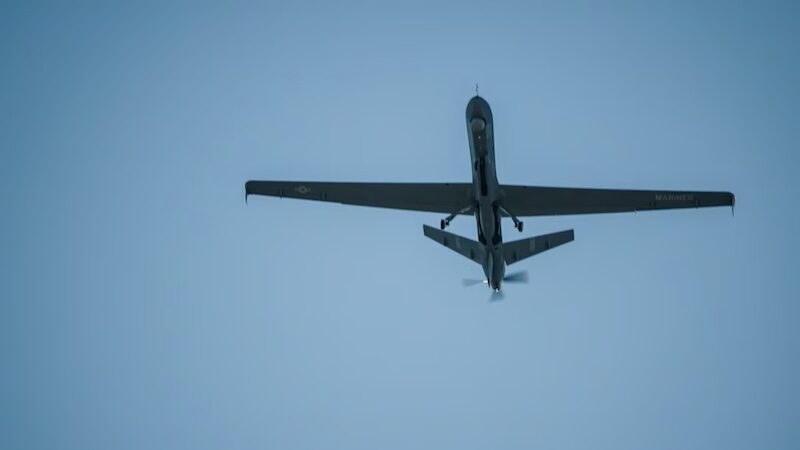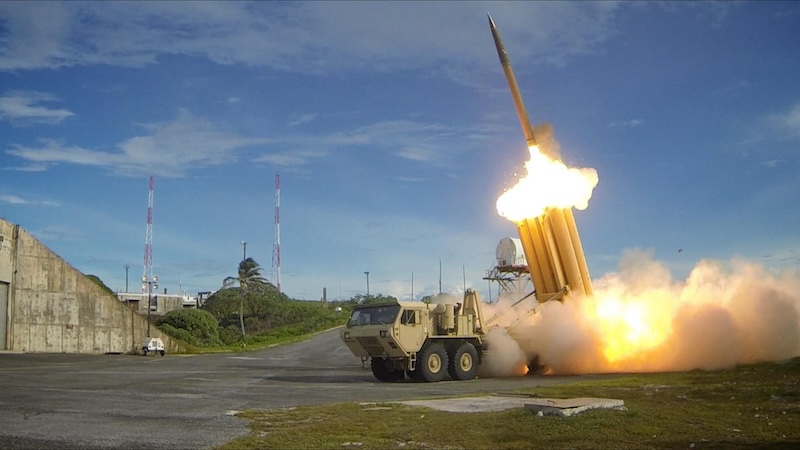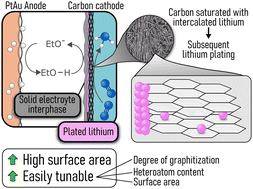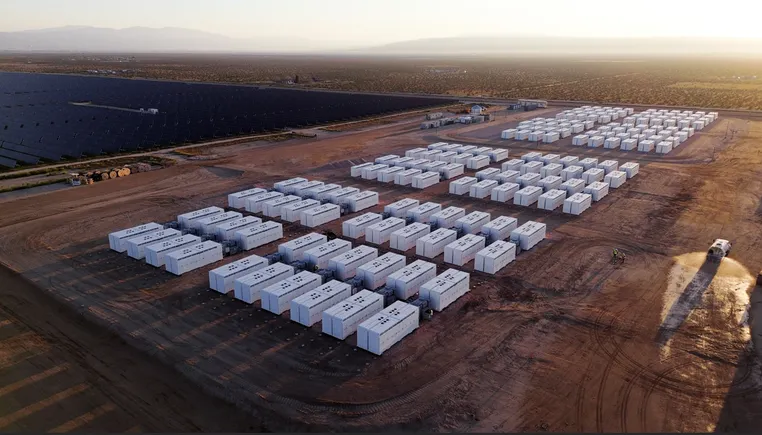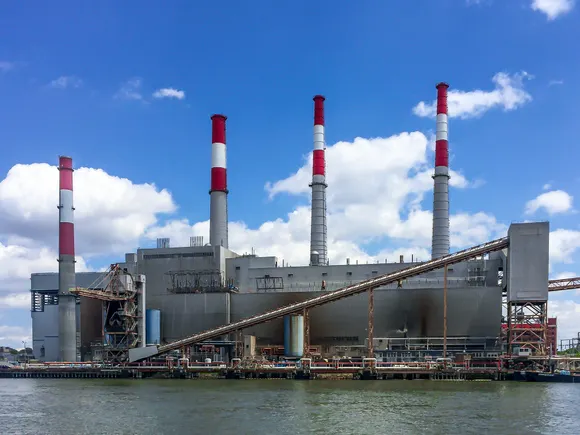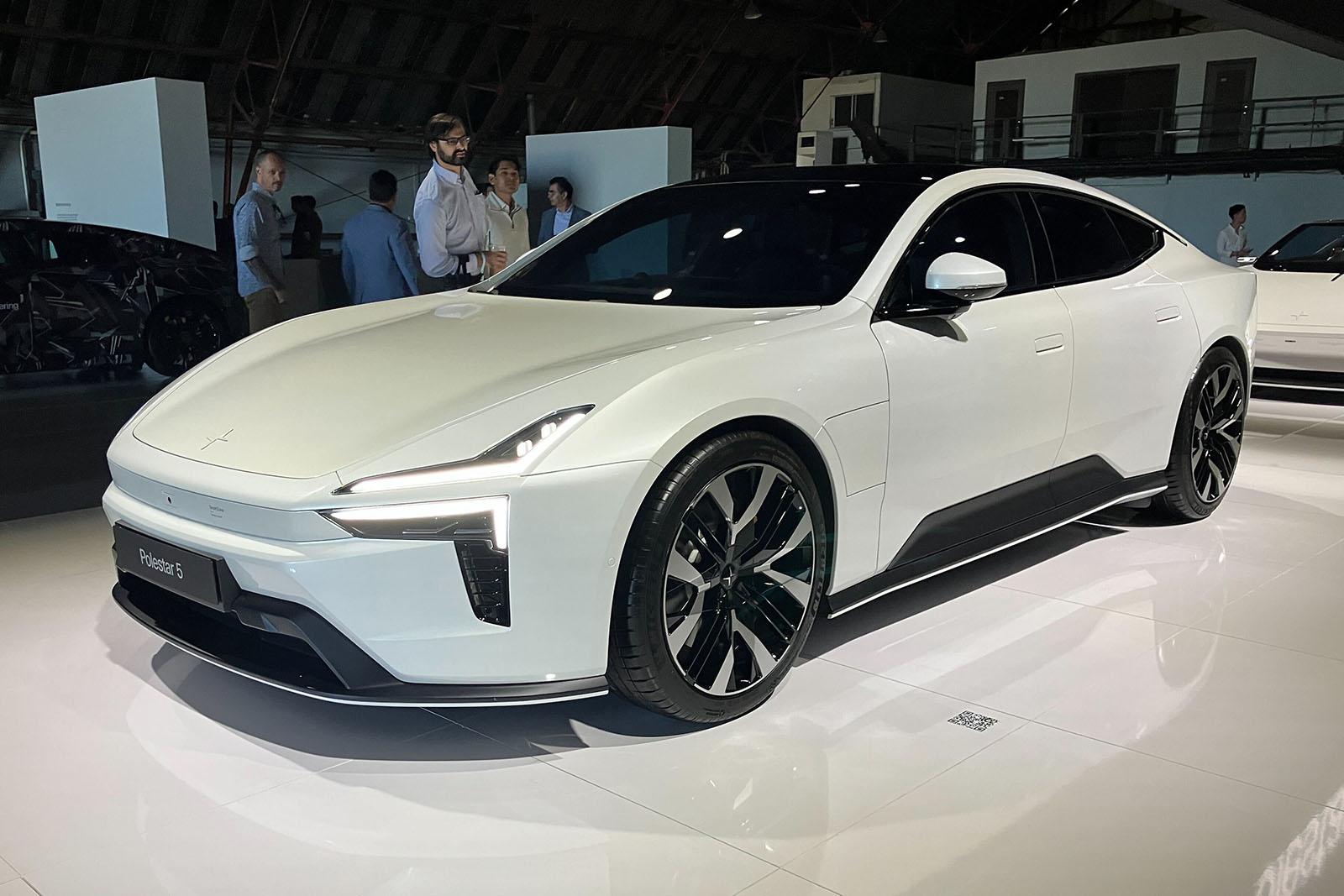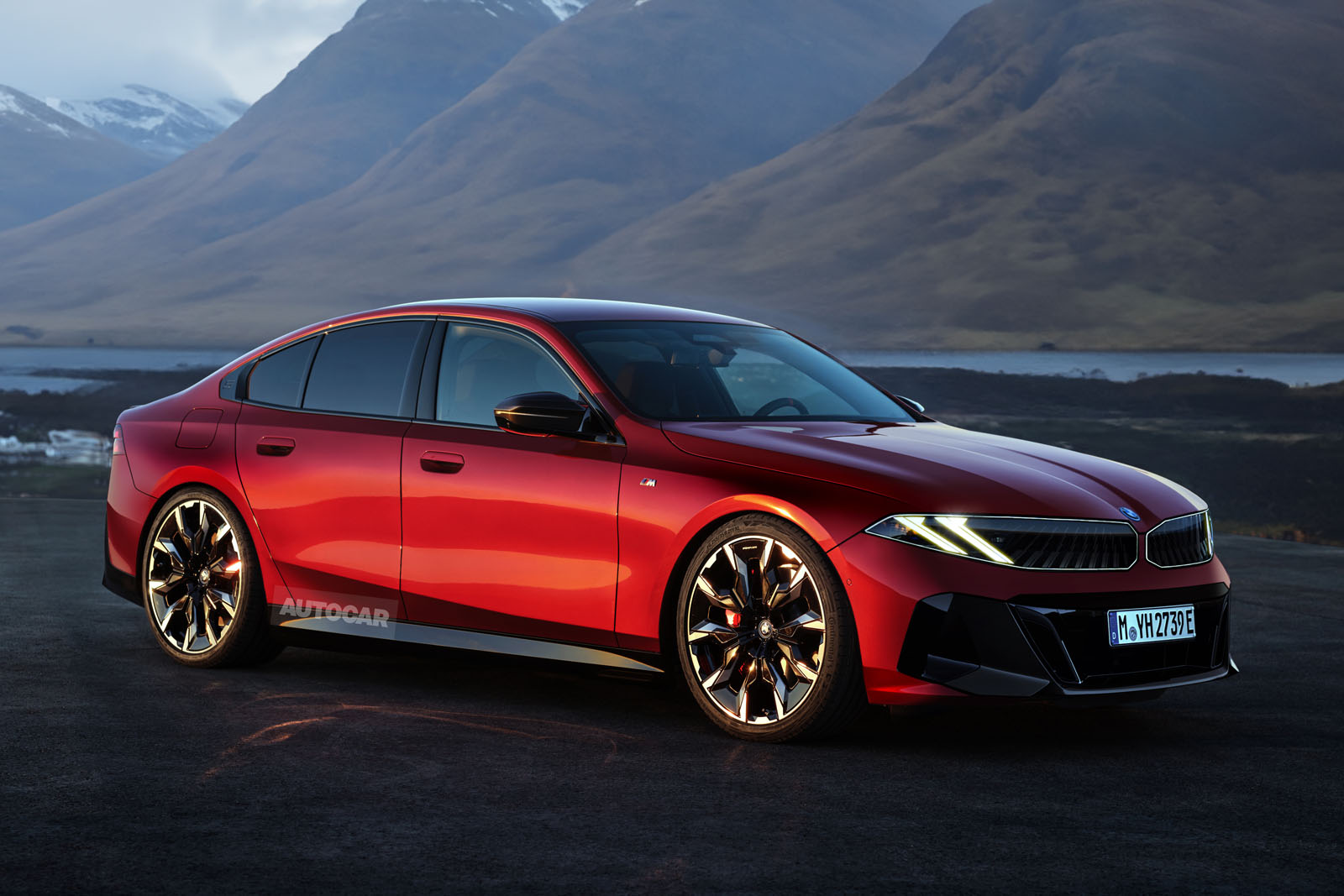Dacia's secrets to success: how it makes its cars so cheap
Dacia's exuberant CEO imposes an unorthodox way of working on Dacia’s designers and engineers You wouldn’t think an electrically powered tailgate could be the topic of engrossing chatter, because 99.9% of the time it can’t. But then you find yourself in a room with Denis Le Vot, and suddenly it’s as if Walter Röhrl is explaining that the next Porsche 911 is going to get a V12. Le Vot, an engineer by training, is the CEO of Dacia. He’s one of those fascinating, shrewd execs who’s been around the corporate block. Turkey, Russia, Belgium, the US, mostly within the Renault-Nissan universe, and with a stint as a board member at AvtoVAZ, the Soviet state-owned car maker that went private in the 1990s and was then bought by Renault before being returned to the Russian state in 2022. He has lived a life of unglamorous car-industry realpolitik, making profit where it isn’t easily found. It isn’t hard to see why Renault Group CEO Luca de Meo thought him a superb fit for Dacia – a brand that squeezes margin from cars until the piston rings squeak. Le Vot loves this stuff, as I discovered on the recent Bigster launch in Provence, where we talked not about how Dacia’s new SUV rides or handles (well enough) but how the hell the company can charge so little for it. The range starts at £25k, and when you consider the kit on offer, it’s the same as Aston Martin offering its new Vantage for BMW M4 money. It’s tough to see how some of the Bigster’s rivals will survive, especially as it’s reasonably easy on the eye as well as the wallet. A bloodbath seemingly awaits. Dacia’s approach is triple-pronged, beginning with modularity. Okay, no surprise there (it’s the only way that any car maker short of Ferrari et al can do business today), but the Romanian brand takes it a step further than most. Save for the tiny Spring EV, all of its cars are identical up to the B-pillar. Le Vot jokes that while it took two years and 3000 engineers to turn Renault’s Clio into the Sandero, it then cost £5 to turn the Sandero into the Jogger. Adapting it for Duster duties cost a little more, mainly for the reinforced sills and ride height, but from there, for the extra-large Bigster, the only major change has been to extend the A-pillars by 50mm. Every kilogram is managed, too. The reason the Bigster doesn’t offer a seven-seat interior is because Dacia worked out only 25% of buyers in the segment consider them but the added weight would require strengthening for the rear axle, which would add expense across the range. Ergo the Bigster is a five-seater only, being ruthlessly focused on the main audience. Which brings Le Vot to his second point: the importance of learning what the intended buyer really wants and then not straying beyond that kit level by so much as an additional USB-C port. “We’ve been studying the Germans, I must confess,” he says, smirking. The Germans are the big market for cars like the Bigster. They’re also fussy, which is crucial. If our German chums ‘need’ something in their C-SUV, you damn well better offer it. And if they don’t, nobody else will want it and you’re off the procurement hook. “If the car doesn’t have AC [air-con], then it’s disqualified. But if I offer, whatever, electric seats for the front passenger or AC in the seats? No need: it’s not disqualifying. So we have dual-zone AC [in the Bigster], which we’ve never had before, and we have two-tone paint and an electric tailgate. These are the things we will offer, and if we don’t, they will say ‘I’m not buying’. Hundreds of people. It’s complicated; new territory for us.” The final part of the equation is the supplier negotiations, where Le Vot’s sojourns in hard-nosed Russia has fortified his resolve. By all accounts, this charismatic Frenchman and his accomplices in accounts are utter bastards. Le Vot says: “We define the car [at] €25k and the hybrid [at] €30k, then we split this price. It seems obvious, but most manufacturers don’t do that. "They design the car they want to have, then give the parts to suppliers, negotiating like hell to get the best price, but the best price is a surprise. When you expect €100, you get €110 more often than €95. "You put it all together and it’s 10% more than you thought. We design to cost. So we say €25k, cut [the car] into pieces [then say] this part has to be €45, and if you can’t make it at €45, we don’t make the part. It takes a little time, of course, but they come back and propose a solution.” An electric tailgate, then. In short, Germans insisted the Bigster needed one, so Dacia’s suppliers, donning their thumbscrews, invented one at the required cost. One strut is electric, the other is hydraulic. It’s cheap but it works and is strictly necessary. Inimitable Dacia in a nutshell.
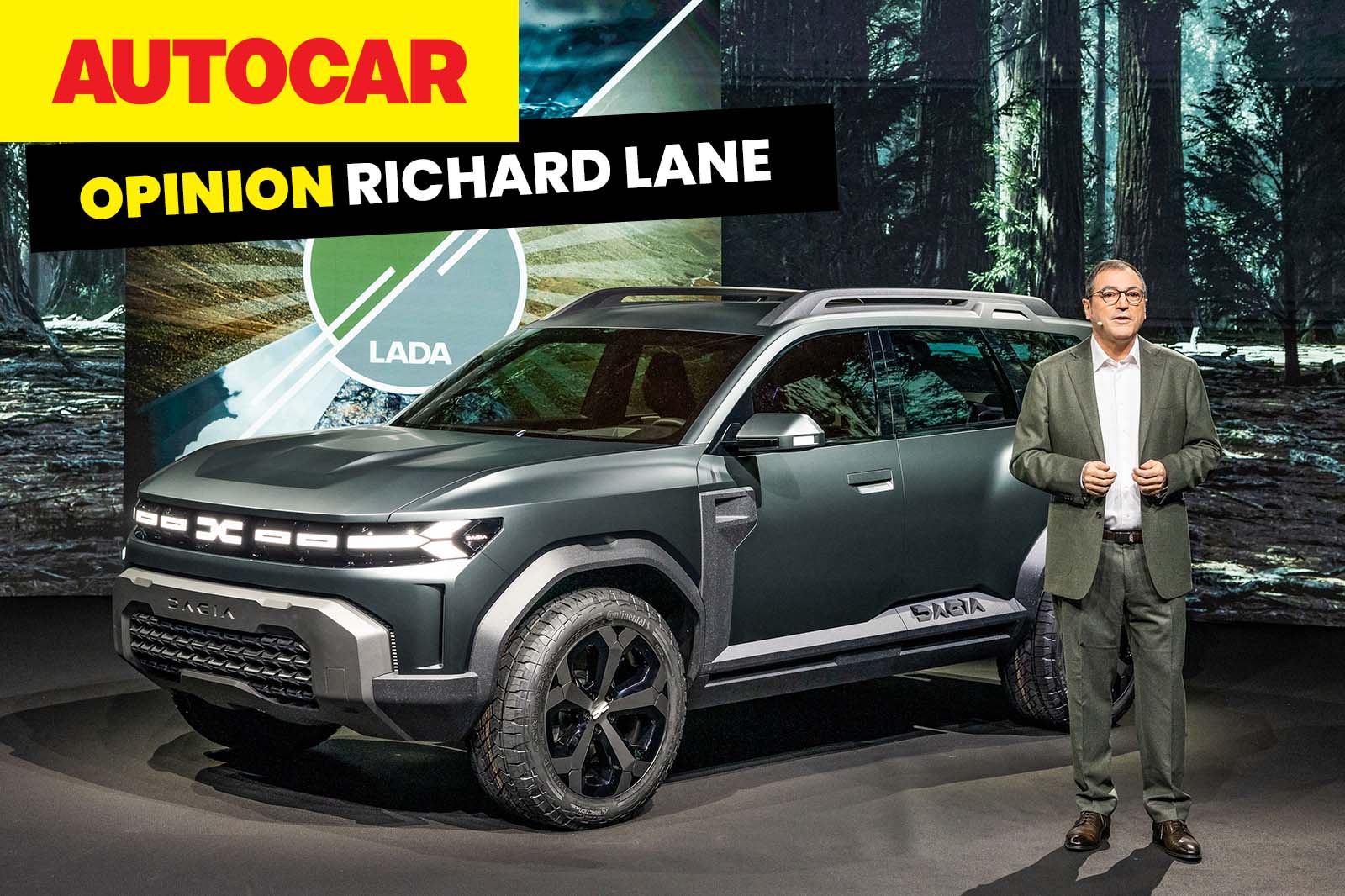
 Dacia's exuberant CEO imposes an unorthodox way of working on Dacia’s designers and engineers
Dacia's exuberant CEO imposes an unorthodox way of working on Dacia’s designers and engineers
You wouldn’t think an electrically powered tailgate could be the topic of engrossing chatter, because 99.9% of the time it can’t.
But then you find yourself in a room with Denis Le Vot, and suddenly it’s as if Walter Röhrl is explaining that the next Porsche 911 is going to get a V12.
Le Vot, an engineer by training, is the CEO of Dacia. He’s one of those fascinating, shrewd execs who’s been around the corporate block.
Turkey, Russia, Belgium, the US, mostly within the Renault-Nissan universe, and with a stint as a board member at AvtoVAZ, the Soviet state-owned car maker that went private in the 1990s and was then bought by Renault before being returned to the Russian state in 2022.
He has lived a life of unglamorous car-industry realpolitik, making profit where it isn’t easily found. It isn’t hard to see why Renault Group CEO Luca de Meo thought him a superb fit for Dacia – a brand that squeezes margin from cars until the piston rings squeak.
Le Vot loves this stuff, as I discovered on the recent Bigster launch in Provence, where we talked not about how Dacia’s new SUV rides or handles (well enough) but how the hell the company can charge so little for it.
The range starts at £25k, and when you consider the kit on offer, it’s the same as Aston Martin offering its new Vantage for BMW M4 money. It’s tough to see how some of the Bigster’s rivals will survive, especially as it’s reasonably easy on the eye as well as the wallet. A bloodbath seemingly awaits.
Dacia’s approach is triple-pronged, beginning with modularity. Okay, no surprise there (it’s the only way that any car maker short of Ferrari et al can do business today), but the Romanian brand takes it a step further than most.
Save for the tiny Spring EV, all of its cars are identical up to the B-pillar. Le Vot jokes that while it took two years and 3000 engineers to turn Renault’s Clio into the Sandero, it then cost £5 to turn the Sandero into the Jogger.
Adapting it for Duster duties cost a little more, mainly for the reinforced sills and ride height, but from there, for the extra-large Bigster, the only major change has been to extend the A-pillars by 50mm.
Every kilogram is managed, too. The reason the Bigster doesn’t offer a seven-seat interior is because Dacia worked out only 25% of buyers in the segment consider them but the added weight would require strengthening for the rear axle, which would add expense across the range. Ergo the Bigster is a five-seater only, being ruthlessly focused on the main audience.
Which brings Le Vot to his second point: the importance of learning what the intended buyer really wants and then not straying beyond that kit level by so much as an additional USB-C port.
“We’ve been studying the Germans, I must confess,” he says, smirking. The Germans are the big market for cars like the Bigster. They’re also fussy, which is crucial. If our German chums ‘need’ something in their C-SUV, you damn well better offer it. And if they don’t, nobody else will want it and you’re off the procurement hook.
“If the car doesn’t have AC [air-con], then it’s disqualified. But if I offer, whatever, electric seats for the front passenger or AC in the seats? No need: it’s not disqualifying. So we have dual-zone AC [in the Bigster], which we’ve never had before, and we have two-tone paint and an electric tailgate. These are the things we will offer, and if we don’t, they will say ‘I’m not buying’. Hundreds of people. It’s complicated; new territory for us.”
The final part of the equation is the supplier negotiations, where Le Vot’s sojourns in hard-nosed Russia has fortified his resolve. By all accounts, this charismatic Frenchman and his accomplices in accounts are utter bastards.
Le Vot says: “We define the car [at] €25k and the hybrid [at] €30k, then we split this price. It seems obvious, but most manufacturers don’t do that.
"They design the car they want to have, then give the parts to suppliers, negotiating like hell to get the best price, but the best price is a surprise. When you expect €100, you get €110 more often than €95.
"You put it all together and it’s 10% more than you thought. We design to cost. So we say €25k, cut [the car] into pieces [then say] this part has to be €45, and if you can’t make it at €45, we don’t make the part. It takes a little time, of course, but they come back and propose a solution.”
An electric tailgate, then. In short, Germans insisted the Bigster needed one, so Dacia’s suppliers, donning their thumbscrews, invented one at the required cost.
One strut is electric, the other is hydraulic. It’s cheap but it works and is strictly necessary. Inimitable Dacia in a nutshell.












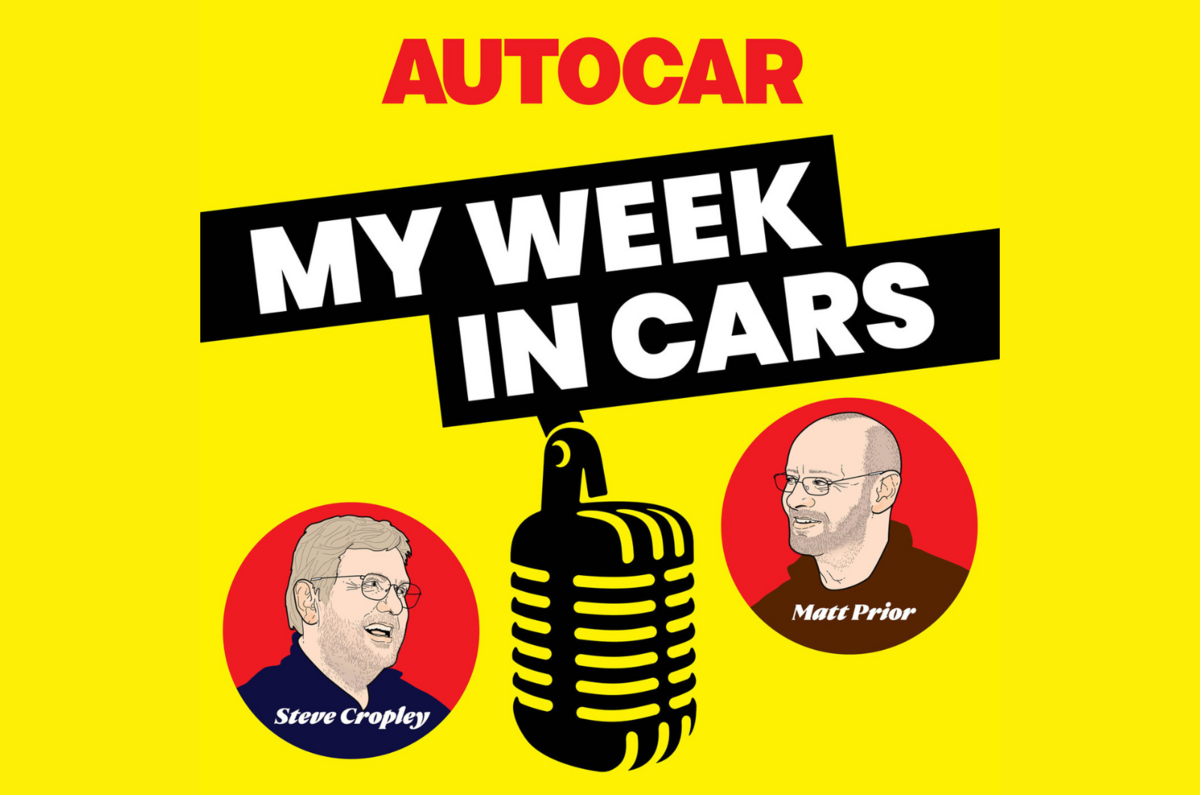
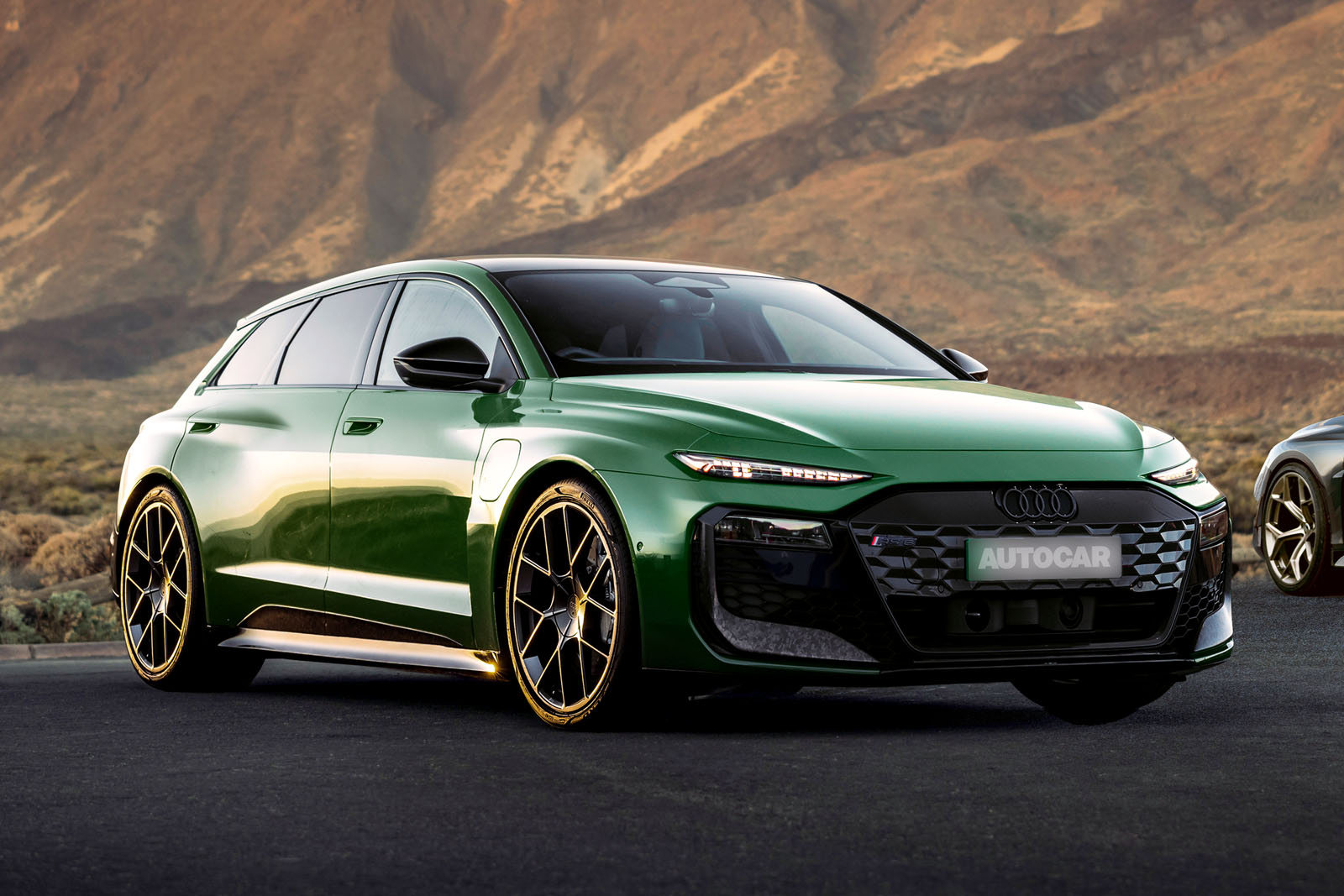





































































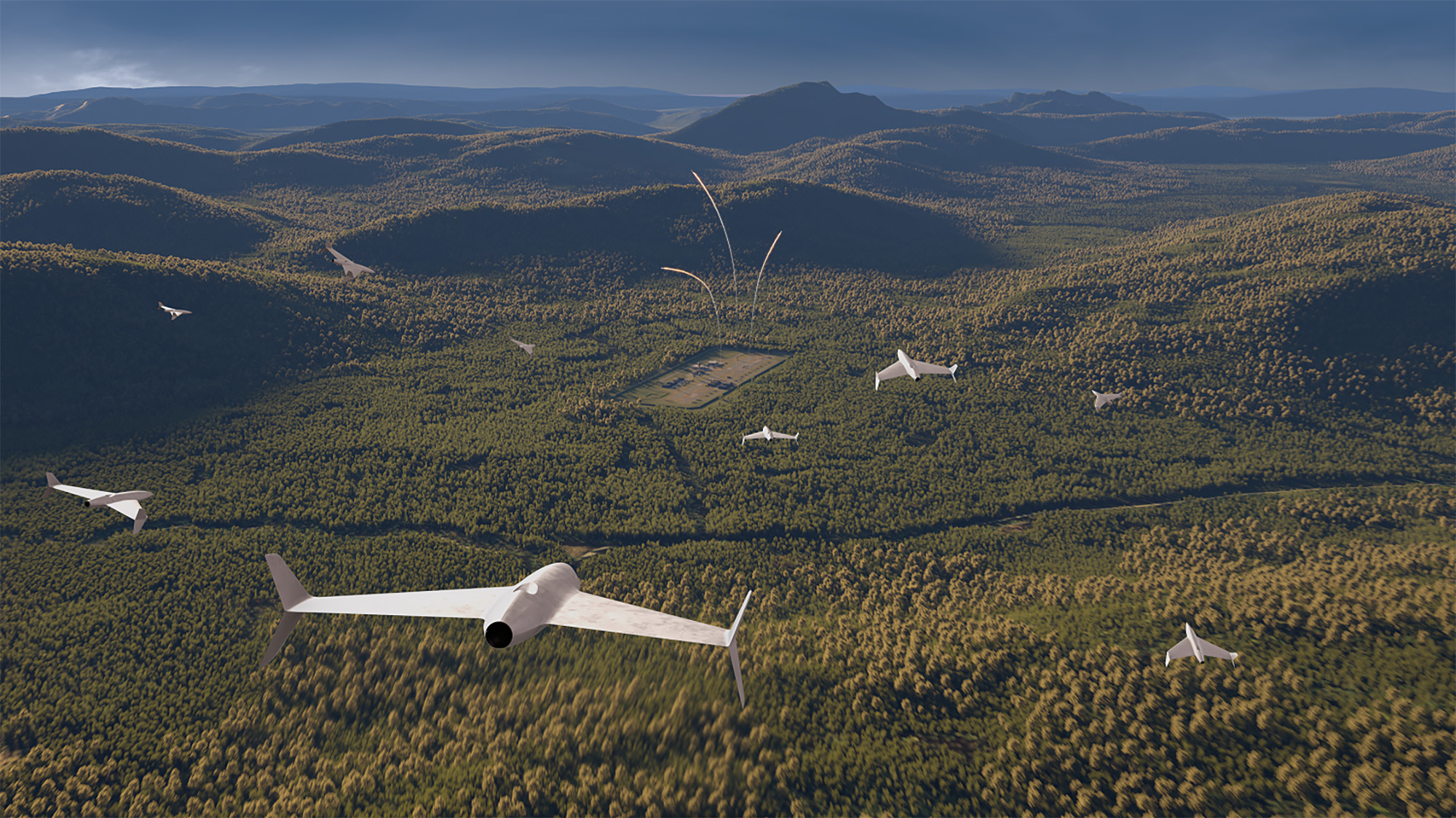



![The sights of the Paris Air Show Day 2 [PHOTOS]](https://breakingdefense.com/wp-content/uploads/sites/3/2025/06/IMG_1837-scaled-e1750181568851.jpg?#)














![[Updated] U.S. Air Force Mobilizes F-22s and F-35s as Situation in Middle East Escalates](https://theaviationist.com/wp-content/uploads/2025/06/F-22_F-35_CENTCOM-top.jpg)




